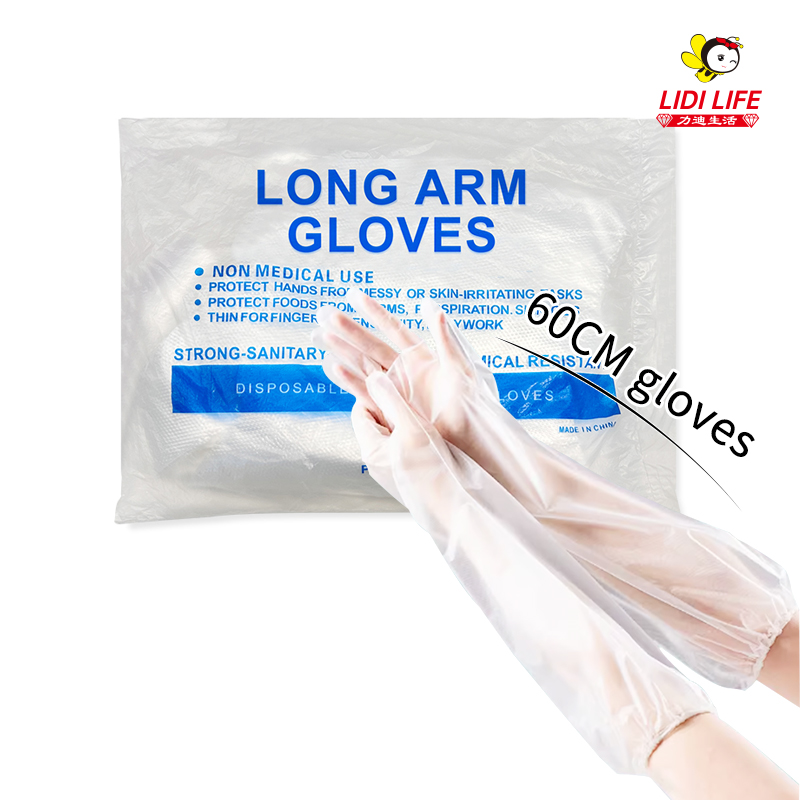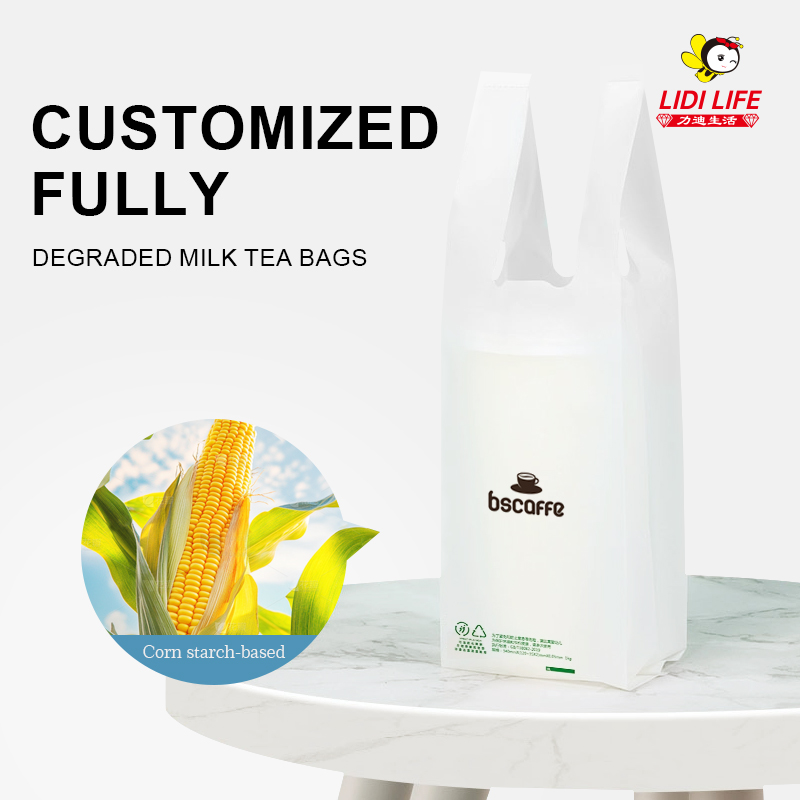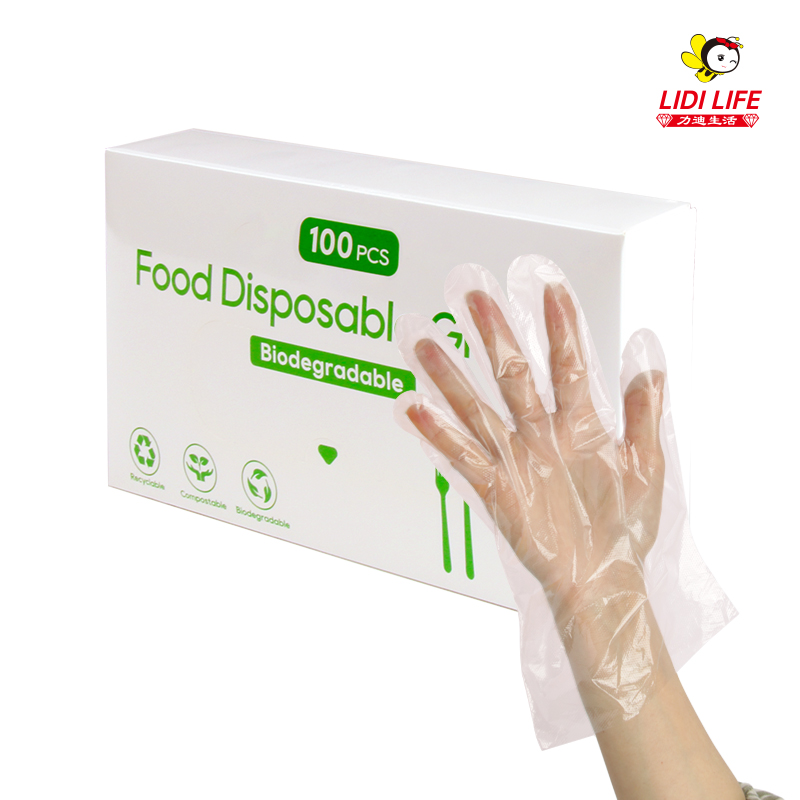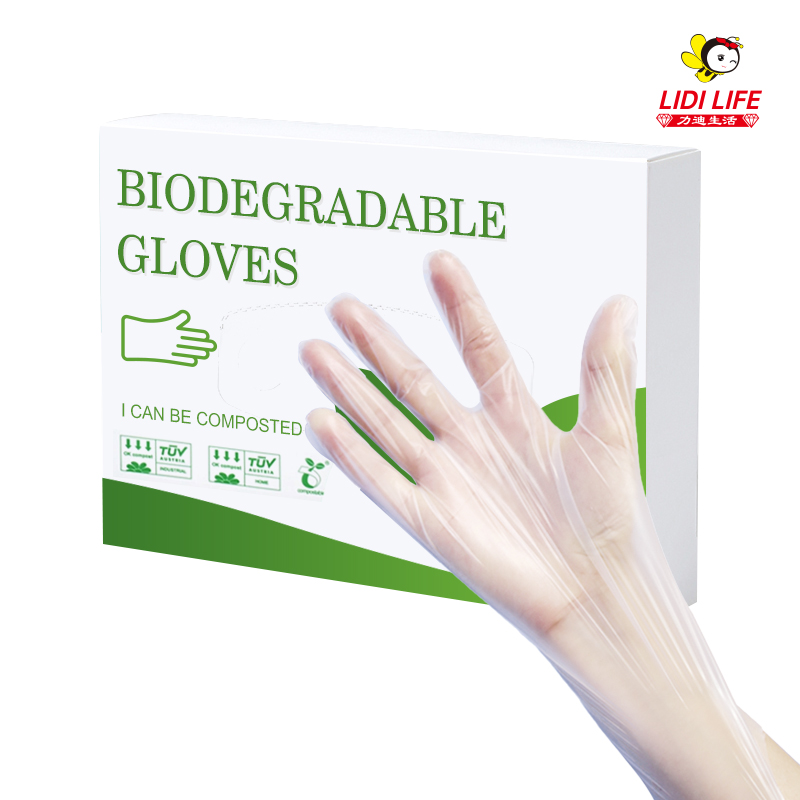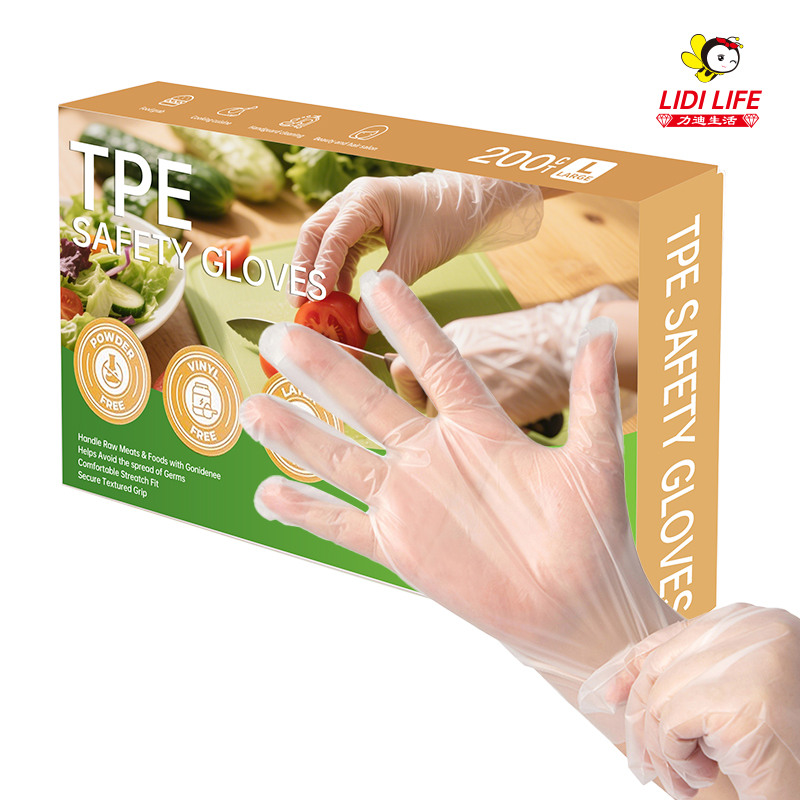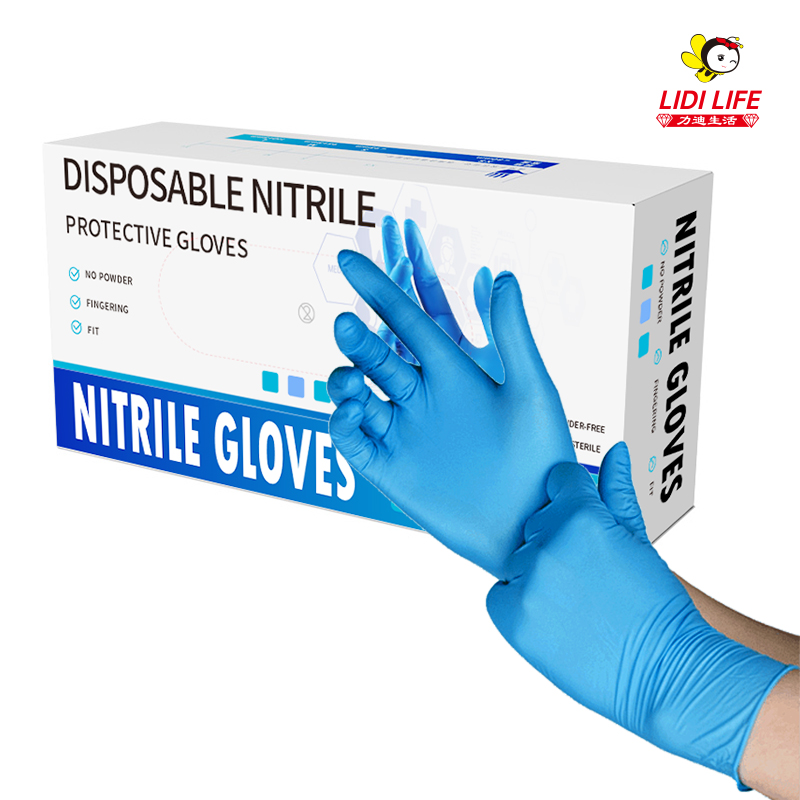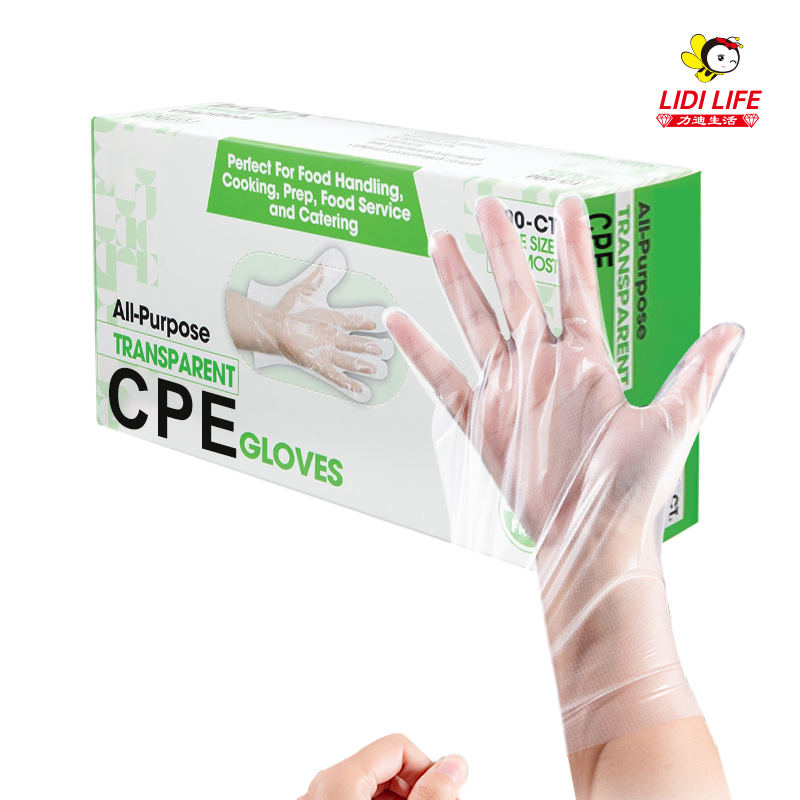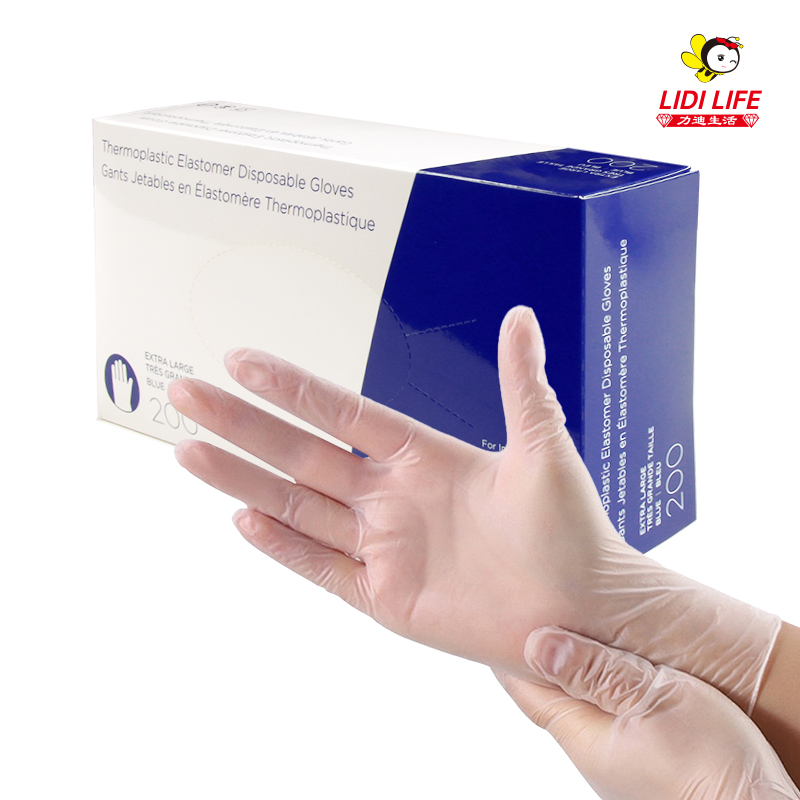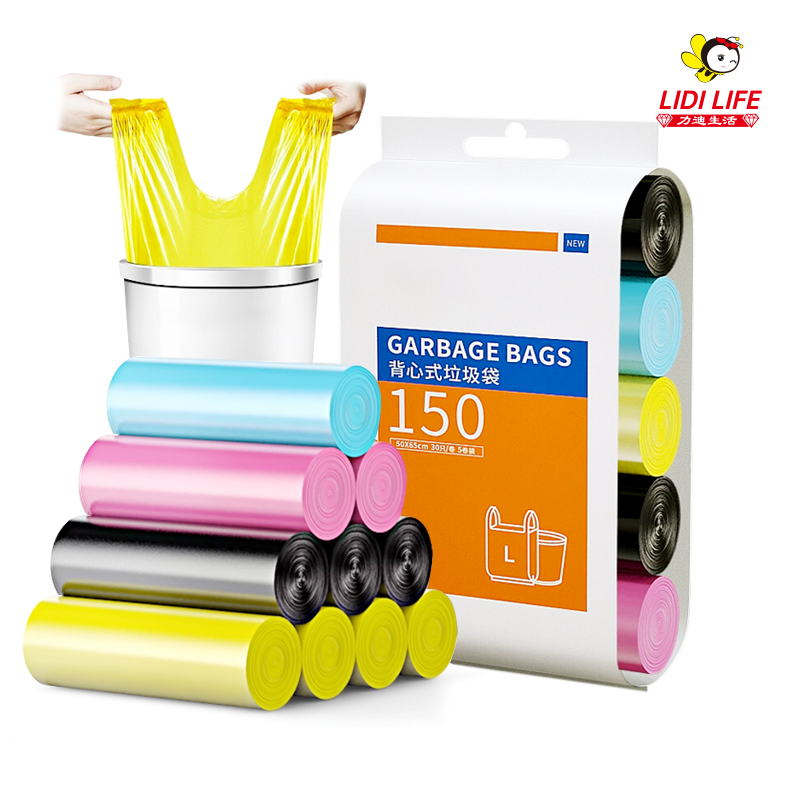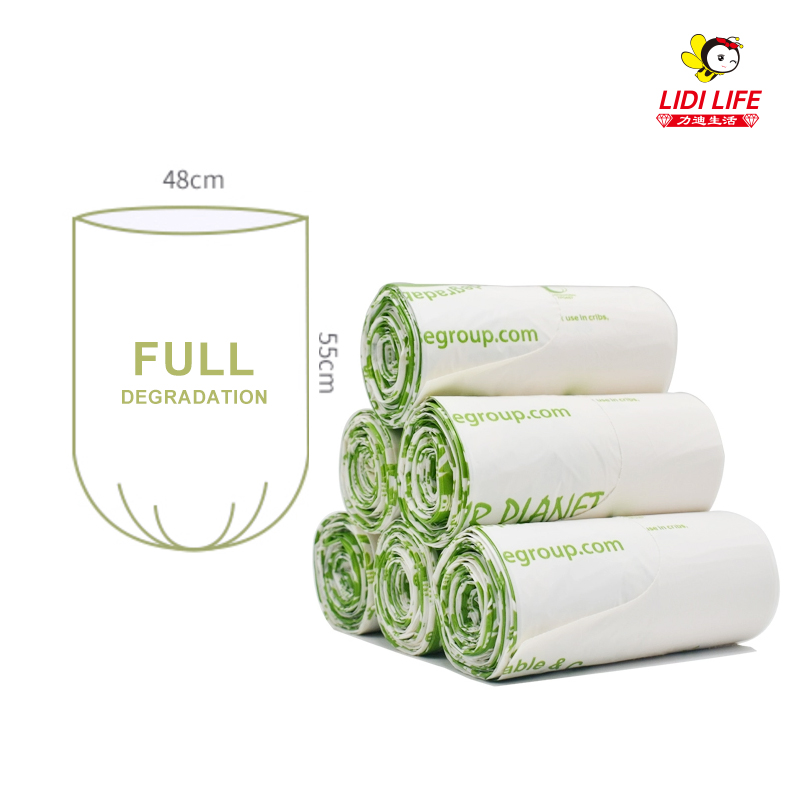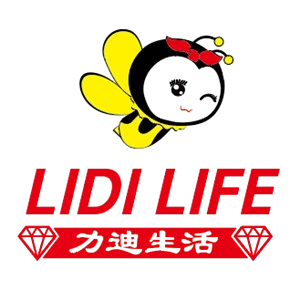1. Executive Summary
The global plastic wrap industry has transformed packaging paradigms across sect
ors, with specialized applications including plastic wrap for moving (6.2% frequency), plastic wrap for food (6.5%), plastic wrap for furniture (6.1%), plastic wrap for pallets (6.3%), and plastic wrap packaging (6.4%). This analysis explores technological milestones and emerging sustainable solutions reshaping the $14.3 billion market.
2. Historical Development
2.1 Foundation Period (1930-1960)
PVDC discovery at Dow Chemical
Commercial launch of plastic wrap for food(12μm thickness)
Key properties:
Water vapor transmission: <15g/m²/day
Oxygen barrier: <20cc/m²/day
2.2 Industrialization Phase (1961-1990)
1965: LDPE replaces 60% of PVDC plastic wrap packaging
1978: Heavy-duty plastic wrap for moving (500% stretch capacity)
1985: Automated pallet wrapping systems for plastic wrap for pallets
2.3 Technological Revolution (1991-2020)
1999: Nanocomposite films enhance plastic wrap for food shelf life
2012: UV-resistant plastic wrap for furniture (85μm) enters market
2018: Biodegradable PLA wraps capture 4.2% food sector share
3. Current Market Dynamics
3.1 Segmentation Analysis
Application | Market Share | Growth Rate | Key Specifications |
Plastic wrap for food | 38% | 4.8% CAGR | 8-25μm, <0.5% pinholes |
Plastic wrap for moving | 22% | 6.2% CAGR | 200-800% stretch |
Plastic wrap for pallets | 27% | 5.9% CAGR | 50-100μm, ≤2500kg load |
Plastic wrap for furniture | 8% | 7.1% CAGR | Anti-abrasion coating |
Specialty plastic wrap packaging | 5% | 8.4% CAGR | Conductive variants |
3.2 Material Innovations
Barrier technologies:
EVOH layers (O₂ transmission <0.05cc/m²/day)
SiO₂ coatings (moisture barrier <3g/m²/day)
Sustainable solutions:
40% PCR content in industrial wraps
PBAT/PLA blends (180-day soil degradation)
4. Application-Specific Advances
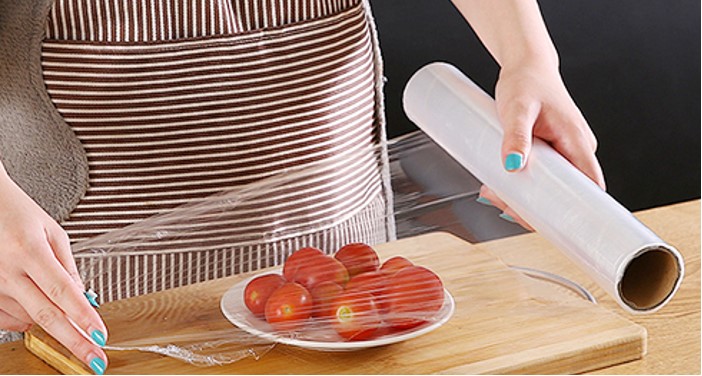
PE Cling Flim
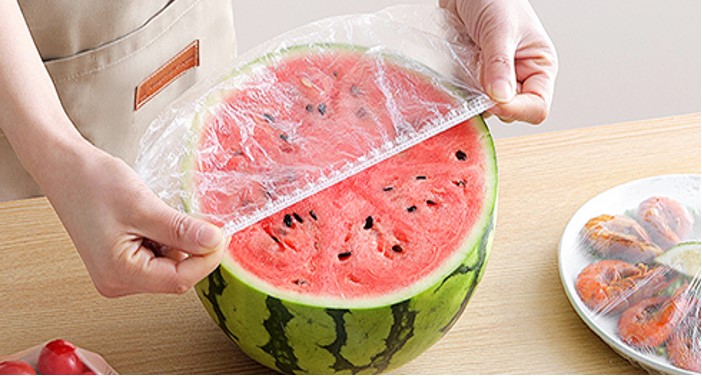
Plastic Wrap Cover
4.1 Food Preservation
Smart plastic wrap for food:
pH-sensitive freshness indicators
Microwave-safe up to 150°C
Market data:
42 billion linear meters consumed annually
3.2% annual reduction in material thickness
4.2 Logistics Solutions
High-performance plastic wrap for moving:
Tensile strength: 25-30MPa
Memory retention: >85% after stretching
Pallet stabilization:
Pre-stretched plastic wrap for pallets reduces waste by 35%
Automated wrapping speed: 60 pallets/hour
4.3 Protective Packaging
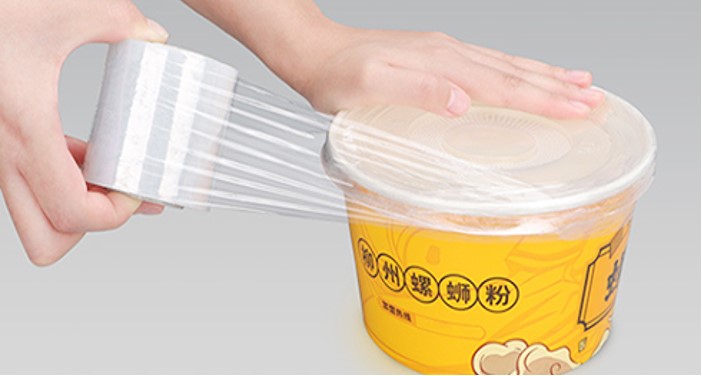
Small Roll Stretch Film
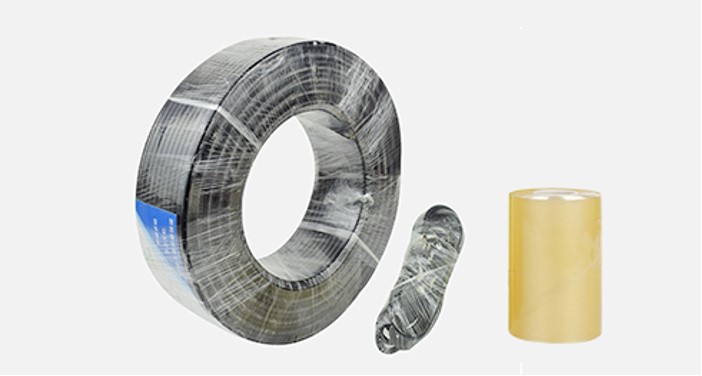
PVC Stretch Film
Plastic wrap for furniture:
Vapor corrosion inhibitors
7-layer co-extrusion (150μm)
Industrial plastic wrap packaging:
ESD-safe variants (surface resistance 10⁶-10⁹Ω)
High-cling formulations (500g/inch adhesion)
5. Sustainability Transformation
5.1 Recycling Challenges
Current limitations:
Only 12% of plastic wrap packaging recycled
Downcycling to lower-grade products
5.2 Emerging Solutions
Technology | Efficiency | Commercialization |
Advanced pyrolysis | 85% yield | 2026 (pilot) |
Enzymatic degradation | 90% in 60 days | 2025 |
Marine-biodegradable | 1-year cycle | 2024 |
6. Future Outlook (2025-2032)
6.1 Market Projections
Plastic wrap for food: $7.2B by 2030 (5.1% CAGR)
Plastic wrap for pallets: $5.8B (6.7% CAGR)
Smart packaging adoption: 45% by 2028
6.2 Technological Trends
Active plastic wrap packaging:
Oxygen scavengers (0.01cc/m²/day)
Antimicrobial release systems
Digital integration:
NFC-enabled plastic wrap for moving
Blockchain-tracked pallet wraps
6.3 Material Breakthroughs
2025: 50% bio-based plastic wrap for furniture
2027: Self-repairing films (microcapsule technology)
2030: Carbon-negative wraps from algal biomass
7. Regional Analysis
7.1 North America
Dominates plastic wrap for food (42% share)
Regulatory focus: FDA 21 CFR 177.1520 compliance
7.2 Europe
Circular economy leadership:
65% recycled content mandate by 2030
EPR schemes for plastic wrap packaging
7.3 Asia-Pacific
Manufacturing hub for plastic wrap for moving
14% annual growth in Vietnam/Thailand
8. Competitive Landscape
8.1 Market Leaders
Company | Specialty | R&D Investment |
Berry Global | Plastic wrap for pallets | $180M/year |
SC Johnson | Plastic wrap for food | 4.2% revenue |
Sigma Stretch | Industrial solutions | 23 patents/year |
8.2 Strategic Developments
M&A activity in sustainable materials
Vertical integration for PCR supply
9. Conclusion
The plastic wrap industry stands at an inflection point, where applications like plastic wrap for furniture and plastic wrap for pallets demand both high performance and environmental responsibility. With 68% of consumers now preferring sustainable plastic wrap packaging, the sector's future lies in circular economy innovations and smart material science.
For more detailed information about our products including plastic wrap for moving,plastic wrap for food plastic wrap for furniture,plastic wrap for pallets,plastic wrap packaging please visit the product introduction section on our company's official website.


